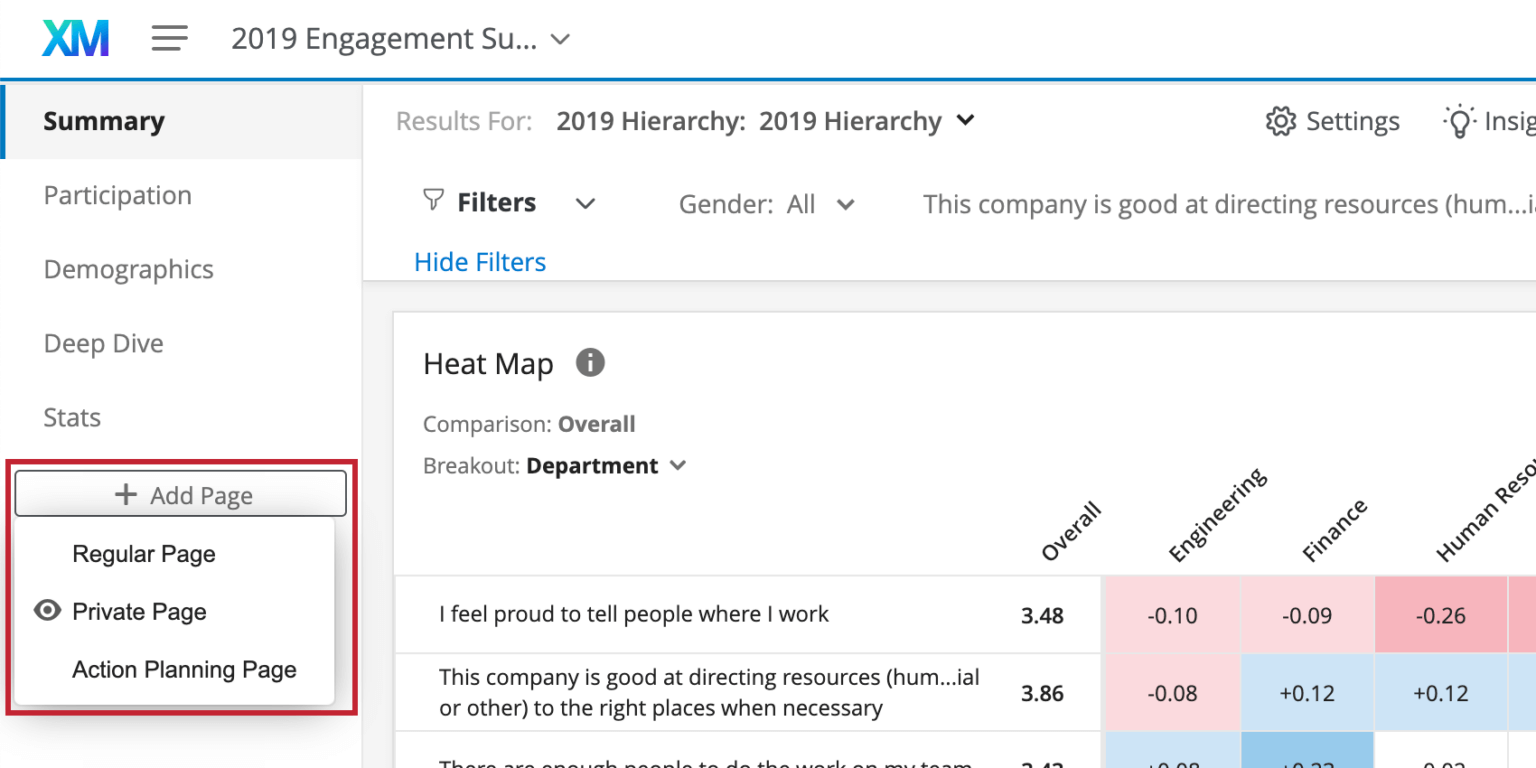“Designing Dashboards for Non-Technical Users” – Designing Dashboards for Non-Technical Users sets the stage for a creative exploration into how complex data can be transformed into intuitive visualizations. In today’s digital age, the ability to present information effectively is crucial, especially for those who may not have a technical background. Dashboards serve as a bridge, allowing non-technical users to access, interpret, and utilize data to make informed decisions without needing to delve into the intricacies of data analysis.
This journey into dashboard design emphasizes clarity, functionality, and user-friendliness, making data not just accessible but also engaging. By focusing on best practices, essential tools, and the importance of understanding the audience, we can create dashboards that truly resonate with users and empower them to leverage data in meaningful ways.
In the ever-evolving landscape of technology, the significance of digital literacy cannot be overstated. With the rapid integration of technology into every facet of our lives, understanding how to navigate the digital world has become a fundamental skill, much like reading and writing. This article seeks to explore the concept of digital literacy, its importance in today’s society, the challenges faced by individuals in acquiring these skills, and the various ways to enhance digital literacy among different age groups.Digital literacy encompasses a wide range of skills, including the ability to use digital devices effectively, navigate the internet, evaluate online information critically, and communicate appropriately through digital platforms.
It is not restricted to merely knowing how to operate devices such as computers and smartphones; rather, it extends to understanding the implications of technology on society and individual behavior. In other words, digital literacy is about being able to engage with technology in a meaningful way.One of the primary reasons digital literacy is crucial in modern society is the increasing reliance on technology for everyday tasks.

From online banking to remote work, many aspects of our lives have transitioned into the digital realm. For instance, the COVID-19 pandemic accelerated this transition, forcing businesses and educational institutions to adopt digital solutions to continue functioning. Consequently, individuals lacking essential digital skills faced significant challenges, which underscored the urgent need for widespread digital literacy.The ability to critically evaluate online information is another essential aspect of digital literacy.
In an age where misinformation and fake news proliferate, individuals must develop the skills necessary to discern credible sources from unreliable ones. This involves understanding how to conduct research, fact-check information, and recognize biases in online content. Developing these skills is vital not only for personal growth but also for fostering a well-informed society capable of making sound decisions based on accurate information.While the importance of digital literacy is widely recognized, several challenges impede its acquisition.
One major barrier is the digital divide, a term used to describe the gap between individuals who have easy access to digital technology and those who do not. This divide often correlates with socioeconomic status, geography, and educational background. Those without access to technology or the internet face significant disadvantages, limiting their opportunities for education, employment, and social participation.Moreover, there are generational differences in digital literacy.
Older adults, in particular, may struggle with adopting new technologies due to a lack of exposure or experience. This demographic may have grown up in an era when technology was not as prevalent, making the transition to digital platforms more challenging. Conversely, younger generations, often referred to as digital natives, typically find it easier to adapt to new technologies but may lack critical thinking skills necessary for evaluating online information.To address these challenges and enhance digital literacy across all demographics, various strategies can be employed.
Educational institutions play a pivotal role in fostering digital skills from an early age. By integrating digital literacy into the curriculum, schools can equip students with the necessary skills to thrive in a technology-driven world. This can include teaching students how to use software applications, conduct online research, and engage responsibly on social media platforms.Additionally, community programs and workshops can provide valuable resources for individuals seeking to improve their digital skills.
Libraries, community centers, and non-profit organizations can offer classes tailored to different age groups and skill levels. These initiatives not only help bridge the digital divide but also create a sense of community as individuals come together to learn and share their experiences.For older adults, specific programs aimed at enhancing digital literacy can be particularly beneficial. These programs should focus on building confidence and familiarity with technology, allowing older individuals to engage with digital tools at their own pace.
Patience and understanding from instructors are crucial in these settings, as many older adults may feel intimidated by technology. By providing a supportive learning environment, we can empower them to embrace the digital world.Moreover, parents and guardians have a vital role in nurturing digital literacy among children. Encouraging safe online practices, discussing the importance of verifying information, and fostering healthy screen time habits can significantly contribute to developing digital competence.
By modeling positive digital behavior, parents can instill essential skills in their children that will serve them well throughout their lives.Another important aspect of enhancing digital literacy is promoting lifelong learning. As technology continues to evolve, so too must our skills. Online resources, such as tutorials, webinars, and MOOCs (Massive Open Online Courses), provide individuals with opportunities to learn at their own pace and on their own terms.
Encouraging a mindset of continuous learning can help individuals stay relevant in an increasingly digital world.In conclusion, digital literacy is an essential skill set in today’s technology-driven society. Its significance spans across personal, educational, and professional realms, underscoring the need for widespread digital literacy initiatives. By addressing the challenges faced by various demographics and implementing effective strategies for skill development, we can create a more inclusive and informed society.
As we navigate the complexities of the digital age, fostering digital literacy will empower individuals to engage meaningfully with technology, enabling them to thrive in an ever-changing landscape.


